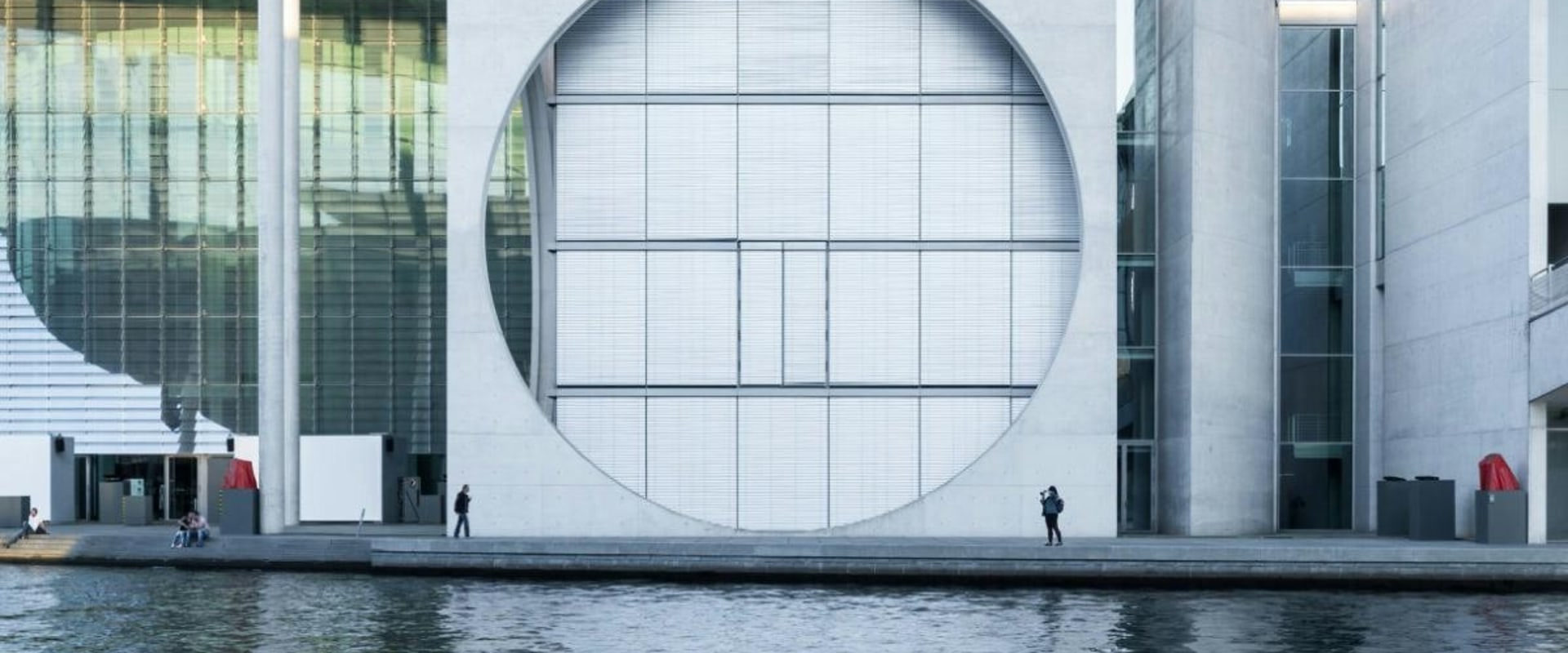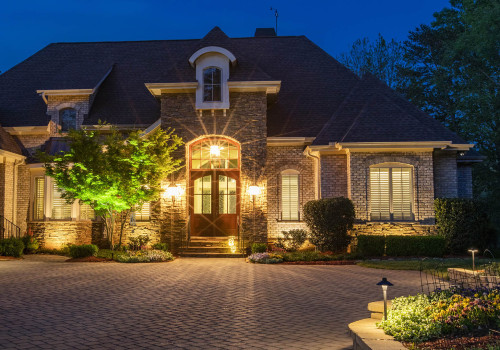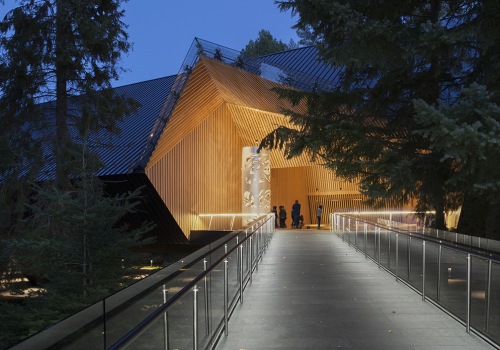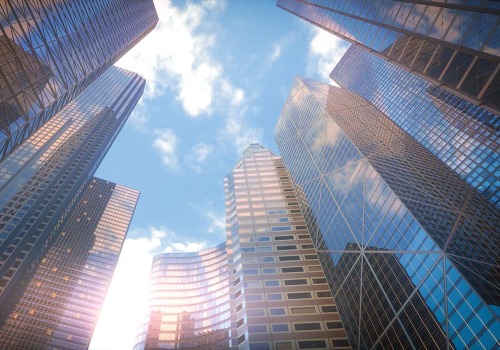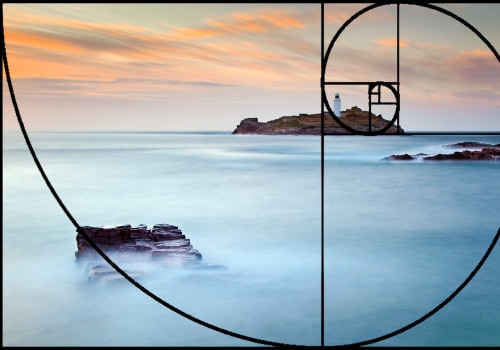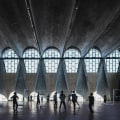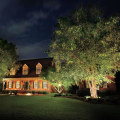Whether you are an amateur or a professional photographer, capturing the beauty of architecture in an image requires practice and skill. Composition and framing are essential elements of exterior architectural photography, and understanding how to use these techniques to create stunning images is key to creating beautiful photographs. In this article, we will discuss the different composition and framing techniques that can be used to create amazing exterior architectural photographs. From choosing the right angle to adding a foreground element, composition and framing are essential elements of exterior architectural photography.
We will look at how these elements can be used to create stunning photographs that capture the beauty of architecture. We will also explore how different lenses can be used to create unique perspectives and how to choose the right composition for your subject. Finally, we will look at how to use framing elements such as trees and buildings to create beautiful exterior architectural photographs. Creating stunning architectural photographs of the exteriors of buildings requires a great eye for composition and framing. This article will cover tips and strategies for composing and framing exterior architectural photos, as well as techniques for capturing the perfect shot. One of the most important aspects of taking an exterior architectural photo is composition.
This involves considering the position of the camera, the angle of view, and the balance of light and shadow. It is also important to consider lines, shapes, colors, and textures in order to achieve balance in an image. For instance, a photographer may choose to emphasize a particular shape or line in order to create a dynamic composition. Interesting perspectives can be achieved by shooting from above or below, or by capturing reflections in windows or water features. Lighting techniques can also be used to enhance a photograph.
Natural light can be used to create a subtle effect, while artificial lighting can be used to create dramatic effects. It is important to use a tripod to keep the camera steady and a remote shutter release to minimize camera shake. Post-processing software such as Adobe Photoshop or Lightroom can be used to further enhance an architectural photo. These programs allow photographers to adjust levels, crop images, remove unwanted elements, add filters, and more. By using post-processing software, photographers can ensure that their photos are clear and vibrant. In conclusion, exterior architectural photography requires an eye for composition and framing.
Photographers should consider the position of the camera, angle of view, balance of light and shadow, lines, shapes, colors, and textures in order to create an appealing composition. Interesting perspectives can be achieved by shooting from above or below, or by capturing reflections in windows or water features. Lighting techniques can also be used to enhance the image. Finally, post-processing software like Adobe Photoshop or Lightroom can be used to further enhance the photograph.
Composition Techniques
Leading LinesLeading lines are a great way to add visual interest and draw the viewer's eye to a particular part of your image.In exterior architectural photography, you can use leading lines to emphasize certain structural elements, such as columns or pathways. Try to find pathways or other objects that will lead the viewer's eye to the subject of your photo.
Depth of Field
Depth of field is a great tool for bringing out the details in an exterior architectural photo. When using a shallow depth of field, focus on one element of the structure and blur out the background.This will help make the subject stand out and create a more dynamic image.
Framing
Framing is another important technique for creating stunning exterior architectural photos. Look for natural frames in the environment, such as trees, archways, or doorways. You can also use man-made frames such as windows or frames within the structure itself.Framing your shot will draw attention to the subject and create a more interesting composition.
Lighting Techniques
Lighting is an important aspect of exterior architectural photography, as it can drastically affect the look and feel of a photograph. When taking an exterior architectural photo, natural light can be used to create a soft, warm atmosphere, while artificial lighting can be used to bring out details and create a more dramatic effect. When using natural light, the best times are just before sunrise or shortly after sunset, when the sun is low in the sky and casts a golden hue on the scene. This time of day also provides the photographer with longer shadows, which can be used to create more depth and interest in the image.It is also important to pay attention to the direction of the light and how it is affecting the scene. For example, sidelighting and backlighting can bring out detail in texture and create interesting silhouettes. Artificial light can be used to enhance and add emphasis to certain elements in a scene. Spotlights can be used to draw attention to key features, while floodlights can be used to evenly illuminate a larger area.
Additionally, LED lights can be used to create interesting lighting effects or to light up a scene at night. It is important to experiment with different lighting techniques and find what works best for your desired effect.
Equipment
Having the right equipment is essential when taking exterior architectural photographs. A tripod and remote shutter release are essential for getting sharp, still shots with perfect composition and framing.A tripod will ensure that the camera remains stable and will not move between shots. A remote shutter release can also help reduce camera shake and blur, enabling you to take sharper photos. Furthermore, a wide-angle lens can be beneficial for capturing the entirety of a building in one frame. It is also important to consider the lighting conditions when taking exterior architectural photographs.
Natural light can be used to create stunning photos, while artificial light can be used to add drama to the image. If you are shooting during the day, you may wish to use a polarizing filter in order to reduce glare and reflections from windows or other reflective surfaces. If you are shooting at night, you may need additional lighting equipment such as flash units in order to properly light the scene.
Post-Processing Software
Post-processing software is an invaluable tool for taking architectural photography to the next level. Adobe Photoshop and Lightroom are two of the most widely used editing programs, and they provide a wealth of features that can help you perfect your photographs.With these programs, you can make adjustments to color, contrast, exposure, sharpness, and more. You can also use them to add textures, apply digital filters, and enhance the composition of your shots. All of these features can help you create stunning images of the exteriors of buildings. When post-processing your architectural photographs, it’s important to be selective with the effects you apply. Over-processing can lead to an unnatural look that takes away from the beauty of the architecture.
It’s best to start with subtle adjustments and then build up from there. In addition, keep in mind that different types of buildings and landscapes require different editing techniques. For example, a modern skyscraper may benefit from more aggressive color saturation while a rural landscape may look better with more subdued tones. No matter what type of architecture you are photographing, post-processing software can be a powerful tool for enhancing your images. By experimenting with different techniques and effects, you can create stunning photographs that capture the beauty of the exterior of buildings. Creating stunning architectural photographs of the exteriors of buildings requires a great eye for composition and framing.
By following the tips and strategies outlined in this article, such as composition techniques, lighting techniques, equipment selection, and post-processing software, you can achieve stunning results with your exterior architectural photos.

